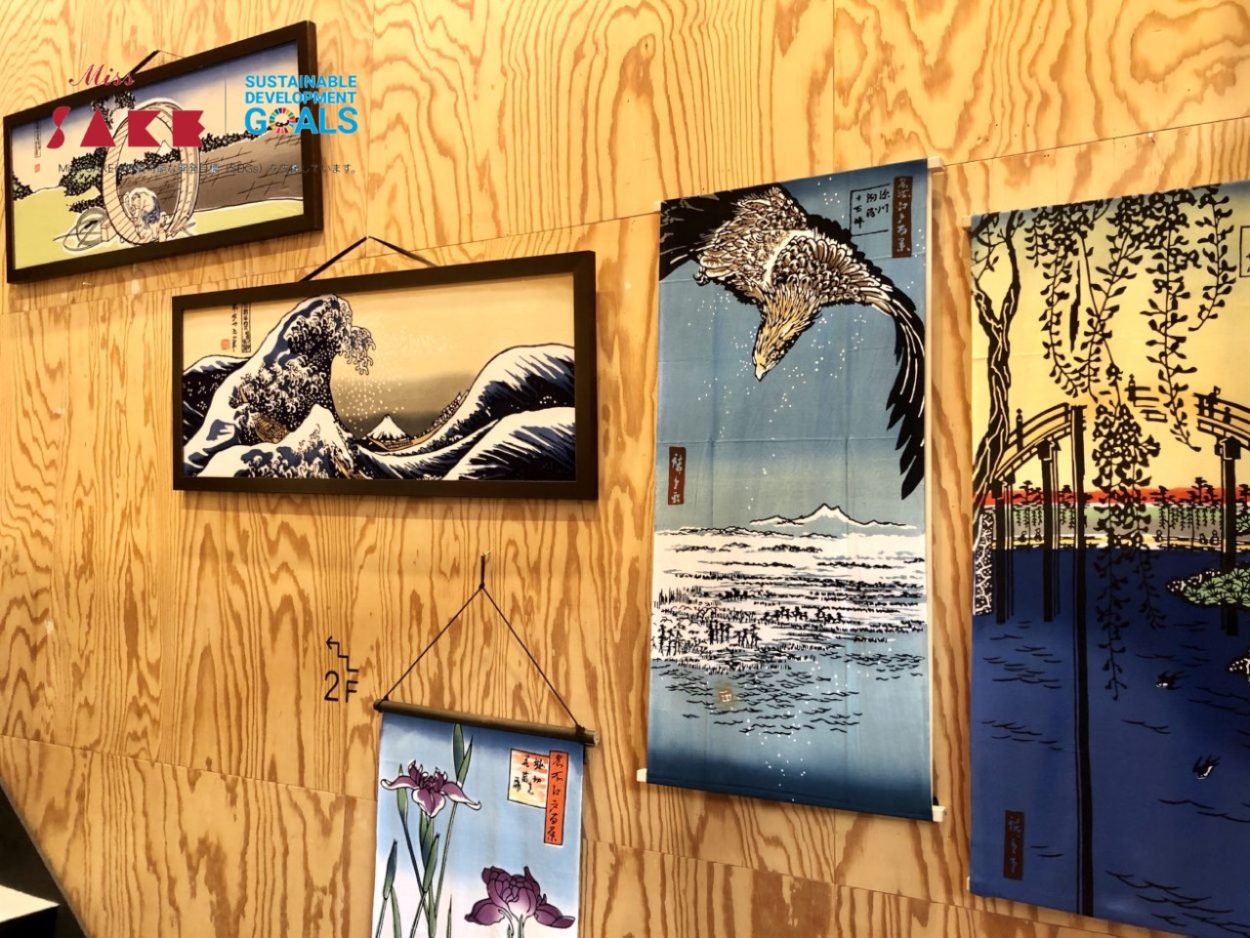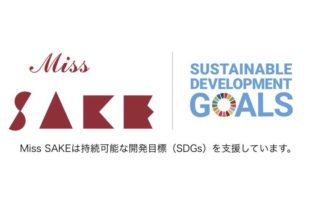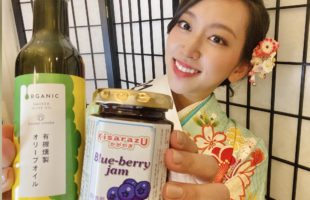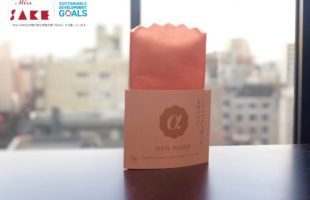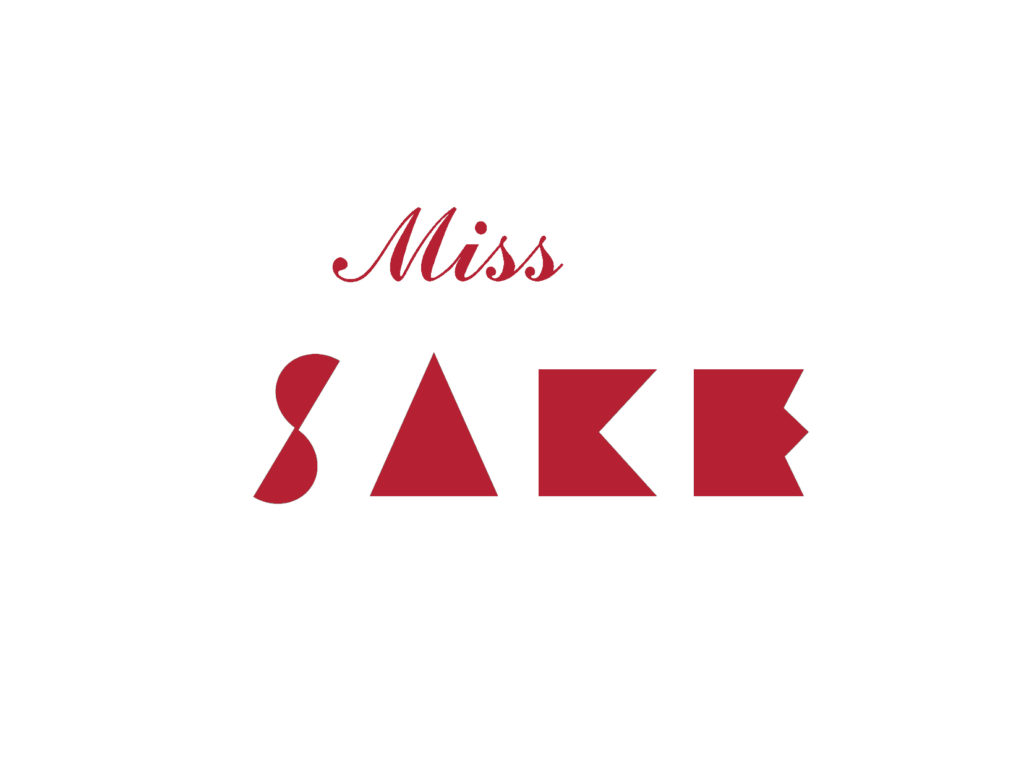Mottainai; Japan’s Eco-Friendly Philosophy [Furoshiki and Tenugui]
[English follows]皆さま、こんばんは。
2020 Miss SAKEの松井詩です。
獣医師を志す私が、SDGsにまつわる様々なコンテンツをご紹介するこのコーナー。
先週に引き続き、今回も日本の美徳の真髄ともいえる「もったいない」の精神、この言葉が生んだ日本の伝統技術をご紹介していきたいと思います。
日本では長きにわたり「つつむ」道具として使われている、風呂敷。
実は風呂敷は、「もったいない」の根底にある大切な姿勢と共通する部分があるのです。
今回は、そんな日本の風呂敷に宿る「Respect」のこころについてご紹介します。
日本では、あらゆるものを大切に敬い、感謝する文化があります。
例えば、食事の前には「いただきます」と動物や植物の命に感謝をすること。
このような、ものに対する「Respect」の心。
これが環境活動である3R=Reduce(ゴミ削減)、Reuse(再利用)、Recycle(再資源化) に加わって生まれたのが、「MOTTAINAI」という言葉です。
この『MOTTAINAI』という言葉は、環境分野で初のノーベル平和賞を受賞したケニア人女性、ワンガリ・マータイさんが環境を守る共通語として、世界中に提唱していきました。
エコでありながら、実用性も高い風呂敷。
現在は様々な素材や柄があり、多くのことに使われている風呂敷ですが、古くは、今とは異なる使い方もされていました。
風呂敷は「風呂」に「敷」くと書く、その字面のとおり、本当にお風呂に入る際の敷物として使われており、奈良時代、お寺の「沐浴潔斎」として始まったと言われる「蒸風呂」のことを差していました。現代のような浴槽スタイルとは違い、「風呂」と呼ばれていたのは、今で言う「サウナ(蒸し風呂)」だったのです。
蒸風呂の脱衣所の床に敷くために使用した布。
もちろん、風呂への行き帰りは、その布で衣服等をつつみ、持ち運んでいました。
お風呂に敷くバスマットのような役割をしながら、道具をつつむためのものでもある。
これが、「風呂敷」の名前の由来です。
名前の由来となった、お風呂に「敷くもの」としてのルーツがある一方で、布で「つつむ」という行為も、奈良時代以前から行われていたと考えられています。
たとえば御物・宝物などの、貴重なものを保管する。これらはそのまま置いておかれるのではなく、 布につつんでからしまわれていました。古いものでは、正倉院の所蔵物に風呂敷の前身と思われる「つつみ布」が見られます。
そのまま「置く」のでもなく、ふくろにただ「入れる」のでもなく、
大切に「つつむ」ことを、日本人は1300年以上も前から行ってきたのです。
その後の高度経済成長期を経て到来したのが「消費社会」。その結果出番の減ってしまった風呂敷に、再びスポットが当たり始めたのは2000年代中ごろ。
きっかけは、環境問題が取りざたされ「エコ」なものが注目を集めたことでした。
使い捨てではないこと、用途が幅広いこと、そして日本古来からあるものをもう一度大切にしよう、という視点から、風呂敷は再度、人々の手にとられ始めたのです。
さらに、結び方の多様さや柄の一つひとつにも意味があり、一つ一つの工程を大切にする姿勢は、「Respect」、つまり全てを大切に想い、敬う心含んでいます。
ただ紙袋に入れてしまうのではなく、つつむものに合わせて最適な色柄やサイズ、素材を選び品物や、相手や、シーンで包み方結び方を考えられる風呂敷。
風呂敷の模様ひとつ、つつみ方ひとつにも気を遣うのは、つつむものを大切に扱う心、贈る相手を想うからこその表現なのです。
ものや人、それぞれに対して敬いの心を持ち、大切に扱うということ。
使い捨ての袋ではなく、その後もつかえるものだからこそ色や柄にもこだわる。相手が喜んでくれることを考えて、品物に合わせたサイズや素材の風呂敷を選ぶこと。そして、贈るシーンを思い浮かべながら、丁寧に包み、結ぶこと。
これら一つひとつの工程が、ものや人にちゃんと向き合い考える時間でもあり、かけがえのない時間だと私は思います。
現在では楽しんで持てるエコ製品という見方に加え、日本伝統の品としての海外からのまなざし、あるいはひと手間かけてつつむことの上質な暮らしといったシーンでのひとつのアイテムとして位置づけられている風呂敷やてぬぐい。
そんな、風呂敷や手ぬぐいのある生活を、皆様も今一度意識してみませんか?
最後までお読み頂き、誠にありがとうございました。
[For English Speakers]
When it comes to eco-friendly practices for the 21st century, there is perhaps no better source of inspiration than the past.
Let’s take a look at a time where items handcrafted from natural resources were used, reused, and repurposed as a means in respect to nature and in respect to quality craftsmanship.
The time is 19th century Japan.
An eco-friendly bathing practice that has lasted to the present day is the use of furoshiki, a multipurpose cloth used to carry, store, and wrap items.
Bathers brought their toiletries and clothing in furoshiki, but as the variety of furoshiki patterns and motifs hit the market, furoshiki became a practical yet stylish means to carry and store one’s belongings.
In present day Japan, it is customary to use furoshiki to wrap bento lunch boxes and gifts, and furoshiki to this day continue to be printed by hand using yuzen, shibori, and hikisome methods and with natural dyes. Some furoshiki are even reversible, making them an attractive and viable alternative to wasteful gift wrapping materials.
By simply attaching handles to a furoshiki, the versatile cloth can also be transformed into a reusable, spacing-saving tote bag that easily replaces single-use plastic bags. And because furoshiki are available in a multitude of designs, fashion-conscious individuals will enjoy repurposing their furoshiki into a stylish handbag that reflects their personal tastes.
Similar to furoshiki are tenugui, a thin, rectangular piece of fabric that doubles as a multipurpose accessory. Edo bathers used tenugui to dry the body, but tenugui are also used much like handkerchiefs to wipe away sweat and dust and to protect the head from the elements.
With improved dying techniques and greater availability of natural dyes, Edoites had a wide selection of tenugui at their disposal, transforming the simple cotton cloths into a functional fashion accessory. Ever the conscious consumers, Edoites even used strips of tenugui as a means to repair broken straps on their wooden sandals, all in the spirit of mottainai!
The tenugui is a must for the home and when you’re on the go — the absorbent, lightweight fabric air dries quickly, eliminating the need to use a dryer. Use tenugui in the kitchen as a tea towel or drying cloth, a lunch mat, or even as a decorative art piece. And, like furoshiki, tenugui are available in a fantastic variety of colors and designs!
As we step away from single-use plastics, synthetic fabrics, and focus on resource conservation, perhaps these new practices of the 21st century will inspire future generations to live sustainably.
Thank you very much for reading.
Shihori Matsui, 2020 Miss SAKE Japan

